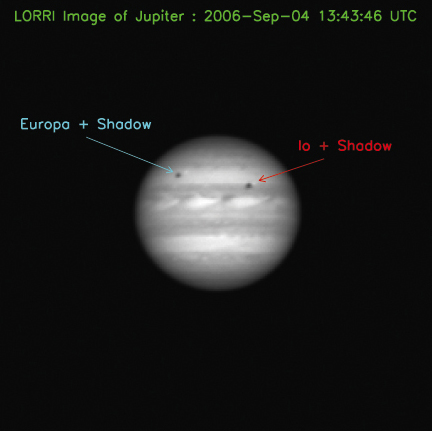Pluto Reaches Opposition: Optimal Viewing Conditions on July 25, 2025

On July 25, 2025, Pluto will reach opposition at 3 AM EDT, presenting a prime opportunity for astronomical observation. This event occurs when a celestial body is positioned directly opposite the Sun from Earth, making it particularly bright and visible in the night sky. Observers equipped with telescopes will be able to catch a glimpse of the dwarf planet, which lies near Sigma Capricorni in the constellation Capricornus.
The significance of this event lies in Pluto's apparent brightness and the favorable conditions for observation, as there will be no moonlight to interfere. According to Michael Bakich, Associate Editor at Astronomy Magazine, observers should utilize telescopes with an aperture of at least 11 inches to visually capture Pluto, which has a magnitude of 14.4. Smaller telescopes may still succeed in astrophotography, thanks to advancements in imaging technology.
Pluto will rise around 8 PM local daylight time and will reach its highest point shortly after midnight, approximately 20° high in the southern sky. It will be positioned about 4.2° south of the 5th-magnitude star Sigma Capricorni and just 10 arcminutes north of the 8th-magnitude field star HD 193545. For those attempting to identify Pluto, it is recommended to take a series of images over the course of several nights to observe its westward movement against the backdrop of stationary stars, specifically noting its shift of about 4 arcseconds per day.
Historically, Pluto's opposition has been a topic of interest among astronomers and stargazers alike. The dwarf planet, which was reclassified in 2006 by the International Astronomical Union, continues to fascinate both amateur and professional astronomers. The upcoming opposition provides a rare opportunity, especially for those in regions with minimal light pollution.
In preparation for this event, observers are encouraged to familiarize themselves with the location of Pluto relative to surrounding stars. The best observational strategy involves using the go-to function on telescopes to locate what may appear as a slightly flat and grayish 'star' nestled between two brighter points of light. Given that Pluto's disk spans less than one arcsecond, it may not appear circular to the naked eye, making this identification process crucial.
As the astronomical community anticipates this event, it serves as a reminder of the ongoing explorations of our solar system and the continuing interest in celestial phenomena. Future projections indicate an increasing number of such oppositions will occur, inviting more enthusiasts to engage in stargazing and astrophotography.
In conclusion, the July 25, 2025, opposition of Pluto represents not just a moment of excitement for astronomers but also an opportunity to enhance public interest in astronomy. With proper equipment and techniques, observers can experience a connection to the distant world of Pluto, deepening their appreciation for the cosmos.
Advertisement
Tags
Advertisement





